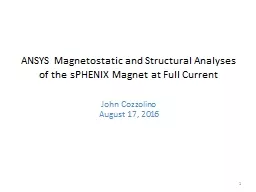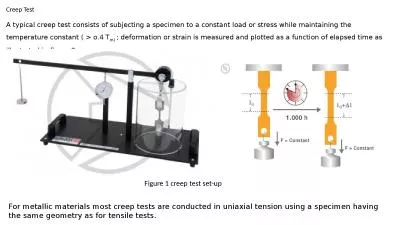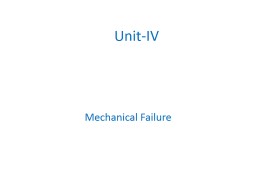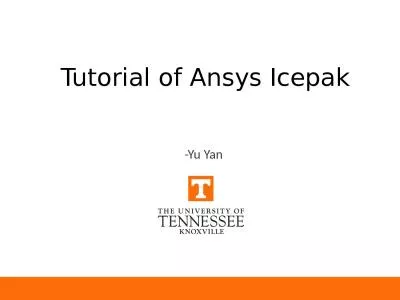PPT-Studying Thermal Creep on a Sample using ANSYS
Author : pasty-toler | Published Date : 2015-11-16
Dara Navaei Siegfried Malang Xueren Wang ARIES Project Meeting Jan 26 th 2011 UCSD Definition of Creep Creep is a rate dependent material nonlinearity in which
Presentation Embed Code
Download Presentation
Download Presentation The PPT/PDF document "Studying Thermal Creep on a Sample using..." is the property of its rightful owner. Permission is granted to download and print the materials on this website for personal, non-commercial use only, and to display it on your personal computer provided you do not modify the materials and that you retain all copyright notices contained in the materials. By downloading content from our website, you accept the terms of this agreement.
Studying Thermal Creep on a Sample using ANSYS: Transcript
Download Rules Of Document
"Studying Thermal Creep on a Sample using ANSYS"The content belongs to its owner. You may download and print it for personal use, without modification, and keep all copyright notices. By downloading, you agree to these terms.
Related Documents














